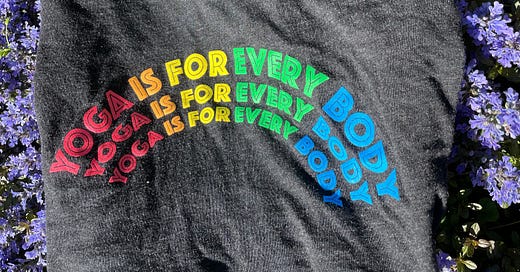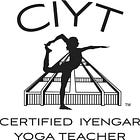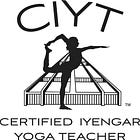Yoga is for every body (Part 3)
Not just for the old and sick: an Iyengar yoga practice is active, dynamic, and challenging!
Iyengar yoga teachers tend to emphasize the modifications and props that make poses accessible to those who have injuries or other physical limitations. Because we are so able to tailor poses to individual needs, Iyengar yoga appeals to older people and those with chronic health conditions. I’ve heard young, active friends comment that yoga is too slow and easy, that they need more exercise than a yoga class provides, or that they prefer higher intensity workouts to the gentle pace of yoga.
It turns out, though, that yoga really is for EVERY body – even active, injury-free bodies. In Iyengar yoga, we start with standing poses in level 1 classes, which require strength and stamina. The practice is active and dynamic. For example, beginner students are encouraged to jump from Tadasana (mountain pose) into a wide-legged stance for the lateral standing poses. Repeated jumping is an excellent workout, even if that isn’t what is the teacher seems to have on her/his/their mind. We also place great importance on inversions; if you try an Iyengar yoga class, you will likely be introduced to Sarvangasana (shoulder stand), Sirsasana (head stand), and Adho Mukha Vrksasana (downward facing tree pose or handstand) within the first few classes. Inversions require courage and energy, but they are fun! Stick with the level 1 classes for a while, and you’ll progressively build stamina, strength, balance, and flexibility until you are ready to take on the more challenging poses in a level 2 class.
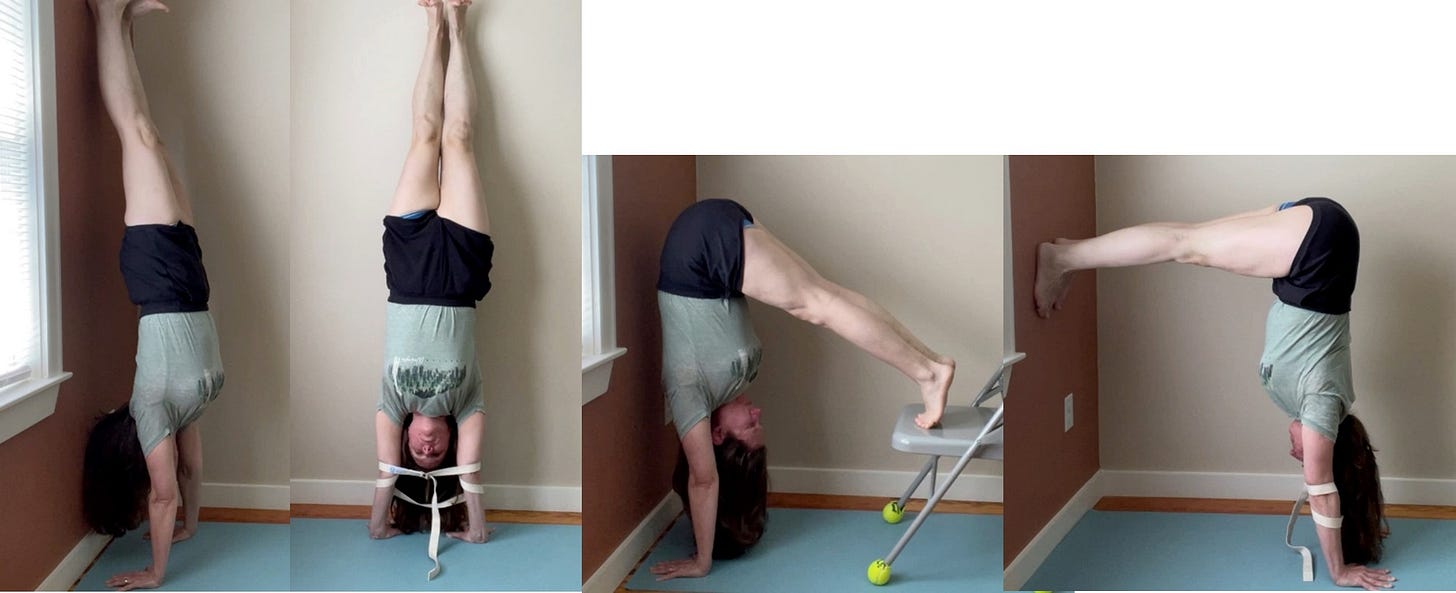
I started my Iyengar yoga practice in my 20’s. At first, I took just one yoga class per week, and I filled out my exercise program with a combination of weightlifting, jogging, and racquetball. Despite all that other activity, every week I was sore after my yoga class. It wasn’t until I increased the amount of time I spent on yoga that my muscles finally ended their protest. There are a couple of takeaways in that anecdote: 1) Iyengar yoga can form just one part of an exercise plan; and 2) Iyengar yoga provides a challenging workout in and of itself, even for someone with a relatively fit and healthy body.
One of the great things about Iyengar yoga classes is that each class is something new. Each class has a theme or goal, and instructors are masters of building sequences from a large bank of poses, so you are unlikely to experience exactly the same sequence twice. Sequences draw on standing poses, seated poses, twists, forward extension poses, abdominal poses, backbends, inversions, arm balances, and restorative poses in varying combinations. In this way, yoga provides every part of your body with challenges, and the challenges are ever shifting as the theme and goal of the class changes. The dynamic nature of the Iyengar class means that you’ll use your muscles differently each time you take a class, and, as a side benefit, you’ll never get bored.
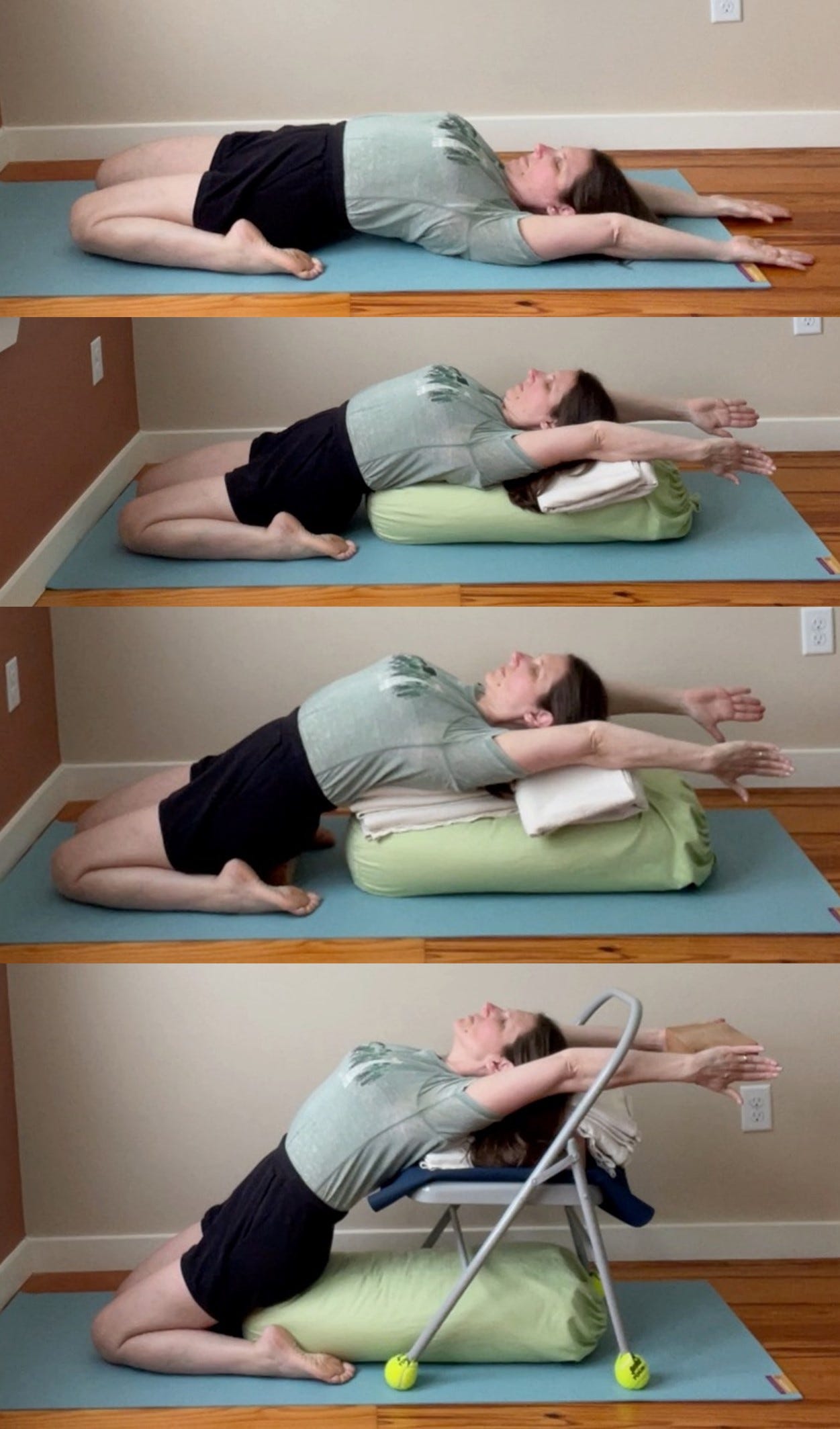
In summary, though it’s true that those with physical limitations are well-served by Iyengar yoga, it’s equally true that young, active, and healthy people benefit from and enjoy the practice. If you haven’t tried yoga yet, it’s definitely time.
Subscribe to this Substack to continue learning about how and why Iyengar yoga is right for you.
I hope you’ll join me, because Iyengar yoga is for every body, including yours!

